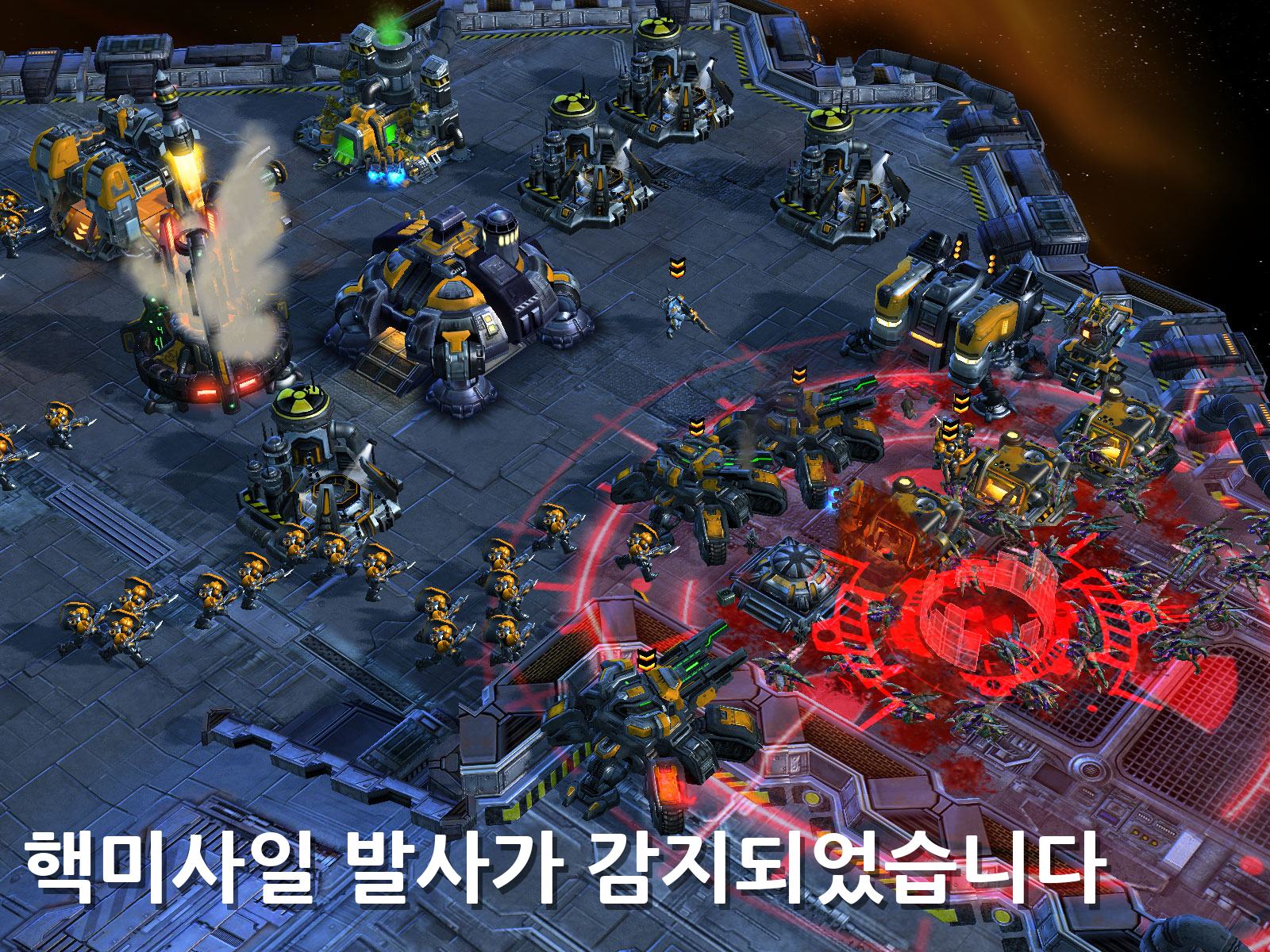learning hangul(한글)
The Korean alphabet (Hangul) is - so far - my favourite writing system. It is logical and efficient. It pleases my sense of style. Since starting this post over a month ago I took up learning Mandarin so my feelings towards Hanzi are liable to threaten Hangul's dominance in the future, but for now I side with space-robot alphabet. Because that's what Hangul is.

At first glance one may assume that Hangul consists of logograms - characters representing words rather than phonemes, but this is not the case. The alphabet is very much phonetic. Each "block" is a single syllable, so for example Hangul(한글) is Han(한)+gul(글).
Since syllables are made of phonemes, it is not surprising that the blocks consist of sub-components representing these phonemes. (It was surprising the first time I learned of this, because such an elegant solution to written language had not occurred to me - though upon further reflection, the trick is just "writing words more compactly" so it's not as novel as it is aesthetically pleasing.) Some insane person wrote a Wikipedia page documenting every possible syllabic block in Korean, so all you need to do is memorise all ten thousand of these (give or take a few thousand) and reading Korean will become trivial. End of post. If this idea is appealing to you, I might suggest going to Cambridge to do Part III of the Mathematical Tripos.
The more elegant solution is to learn the alphabet. Each letter is called a "jamo", but they only occur inside blocks, sort of like quarks. Unlike quarks, we can still look at them individually. I'll include the IPA in [], and a 'translation' of IPA into my accent (mileage may vary). For pronunciation purposes, text is no replacement for audio, so I would suggest finding some videos, like this one, for example.
Simple vowels:
Simple vowels are made of horizontal or vertical lines and short strokes.
ㅣ [i] ("ee" in "tree")
ㅏ [a] ("a" in "mad")
ㅓ [ʌ] ("u" in "mud")
ㅡ [ɯ] (somewhere between the "oo" in "cool" and the "eu" in "eugh" - I have a really hard time differentiating this from ㅜ)
ㅗ [o] ("o" in "bowl")
ㅜ [u] ("oo" in "too")
Complex vowels:
Combinations of simple vowels (including diphthongs). I'm not going to include all combinations because many of them are self-evident given the simple vowels.
These ones are less obvious:
ㅐ [ɛ] ("e" in "bed")
ㅔ [e] ("e" in "grey")
Generally, ㅗ or ㅜ combined with another vowel gives a "w-" sound, so for example ㅘ is "wah", ㅙ is "weh", and ㅟ is "wee".
There's no letter for "y" in Korean, so if you want to "y" up a vowel, double up on short strokes (I believe this process is called 'iotation'. You can do something similar in Slavic languages with ь - Cyrillic comes a close second in the space-robot race.) You get:
ㅑ [ja] ("yah")
ㅕ [jʌ] ("yuh")
ㅛ [jo] ("yoh")
ㅠ [ju] ("yoo")
We can extend this to the complex vowels, to get ㅒ for "yeh" and ㅖ for a slightly different "yeh".
Consonants:
Syllables are usually a consonant-vowel sandwich, so consonants can be "initial", "medial", or "final" (I'll write [i/m/f]), and the placement makes a (small) difference to the pronunciation of the letter.
ㄱ [k/g/k̚] ("k" as in "Kant", "g" as in "gravity", "k̚" as in "quark")
ㄴ [n/n/n] ("n" as in "neutron")
ㄷ [t/d/t̚] ("t" as in "tachyon", "d" as in "down", "t̚" as in "cat")
ㅅ [s/s/t̚] ("s" as in "strange")
ㅁ [m/m/m] ("m" as in "mass")
ㅂ [p/b/p̚] ("p" as in "point", "b" as in "baryon", "p̚" as in "top")
ㅇ [-/ŋ/ŋ] (This is just a silent placeholder in the initial position. In all others it's "ng", as in "ping")
ㄹ [ɾ/ɾ/l] ("ɾ" as in "alveolar tap", a sound which is neither "r" nor "l")
Some consonants are obtained from others by aspiration. Aspiration is basically just adding air to the sound - so imagine trying to sneak a "h-" sound in after the consonant. In Hangul, the addition of a horizontal line seems to denote this aspiration, or a general 'softening' or alteration of the sound (in the case of the letter I like to think of as "j"). This produces:
ㄱ > ㅋ [kʰ/kʰ/k̚] ("kʰ" is an aspirated "k", oddly enough)
ㄷ > ㅌ [tʰ/tʰ/t̚]
ㅅ > ㅈ [tɕ/dʑ/t̚] ("tɕ" as in "charm", "dʑ" as in "jam")
ㅈ > ㅊ [tɕʰ/tɕʰ/t̚] ("tɕʰ" as in "oh god send help")
ㅂ > ㅍ [pʰ/pʰ/p̚] ("pʰ" as in strangling noises)
ㅇ > ㅎ [h/ɦ/-] ("h" as in "hello", "ɦ" as in "cool whip")
Doubled letters:
There are also "double letters":
ㄲ, ㄸ, ㅃ, ㅆ, ㅉ
... which are "tense", so they're pronounced a bit like you're after spending the last hour reading articles about phonetics and just realised it's too late to watch Breaking Bad. "Damn it!" ~ "땀읻!"
I should stress that this entire post has very little to do with the Korean language. I don't know any Korean, but transliteration can be fun, and this article was largely about IPA. Trying to cram English into a foreign language really makes you appreciate phonetic differences.
치샔시챐파에대시추러...
피탤퍼이팰챜앧아퍀어퍀랟페펤... (curse you lack of "ɘ"!)
